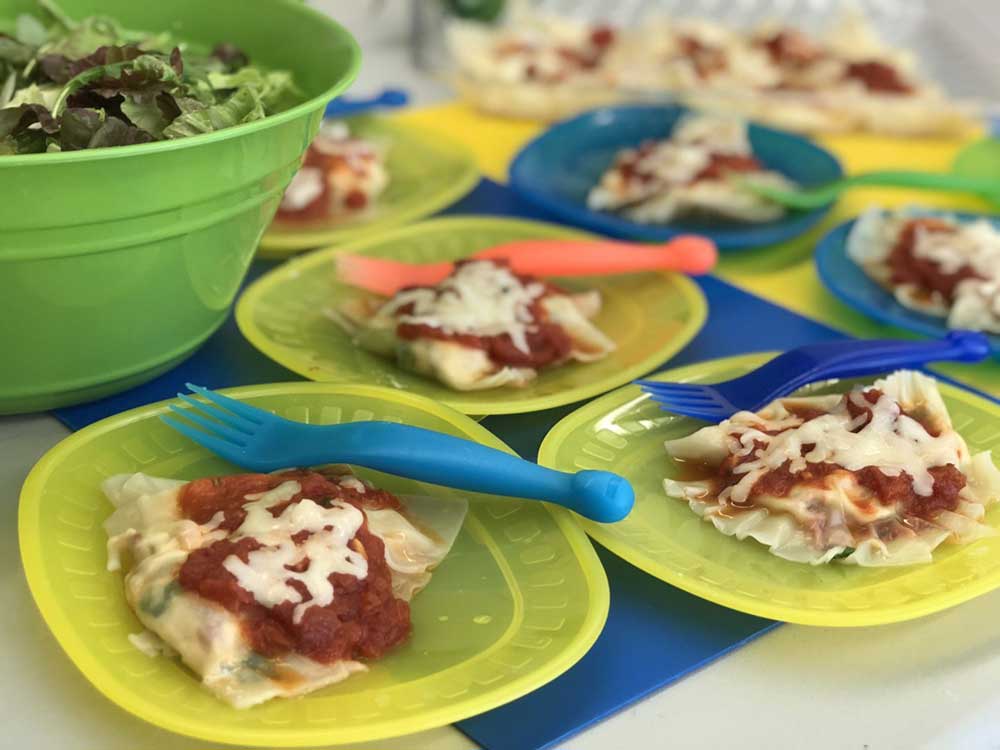Recipe Concepts: A Driver of Behavior Change for Healthy Eating Patterns

This is the seventh article in a new series to illuminate key ‘drivers of behavior change’ around healthful eating. After 20 years of designing, evaluating and retooling curriculum to increase successful behavioral outcomes among all ages, we have identified 10 distinct behavior drivers. We are currently investigating these 10 drivers in a new study in collaboration with Columbia University’s Teachers College, Program in Nutrition. Our goal is to open a new area in the scientific literature that illuminates successful delivery and communication techniques. Over time as other practitioners and researchers add to this body of research, we can achieve consensus about what constitutes effective Teaching Kitchen curriculum.
For less confident or infrequent cooks, looking over a potential dinner recipe and seeing that you don’t have one or two ingredients is usually a deal breaker. You figure you can’t make it and you don’t bother trying! But for real cooks, that’s where the ingenuity and creativity lies. “Oh I can make it – just a bit differently,” you say to yourself. And that’s cooking empowerment.
In our 20+ years of developing and disseminating teaching kitchen programming, our recipes are mostly conceptual. Sure we share and prepare specific recipes, but they are chosen first and foremost as concepts and we encourage and discuss how these ingredients could be changed seasonally or by preference. In the end, once you know how to make a stir fry, or chili, or risotto – you can make infinite versions of these basic recipes – limited only by creativity, imagination and your ingredient preferences or budget.
It’s this type of empowerment, we’ve found, that unlocks a prime motivation to keep on cooking and exploring ingredient combinations. If the expectation is that each recipe you make is an end unto itself, with the emphasis on perfecting that list of ingredients on a plate or in a bowl, you are, by definition, limited. And creating limitations is the exact opposite of what we want to achieve in a teaching kitchen setting. There, it should be all about possibilities and letting your own food and ingredient preferences take flight.
Add to that demonstrating recipes for full meals and you have a winning combination. You are teaching something utterly delicious and it completely satisfies the ‘what should I make for dinner?’ in one fell swoop. Of course it’s tempting to see amazing spring asparagus or zucchini and share a scrumptious vegetable side dish starring either of those when they are in the height of the season. But if your patient or student are hesitant about either of these veggies, recreating at home and piling up a new veggie next to a piece of chicken can intimidate more than invite. By contrast, making a full meal, healthful and delicious, is a celebratory act. If it’s colorful and made with love, it’s an invitation your class participants and their families will be hard-pressed to refuse.
Related Articles:
[SERIES] Drivers of Behavior Change for Healthy Eating Patterns:
[INFOGRAPHIC] 10 Drivers of Behavior Change for ffective Teaching Kitchens
